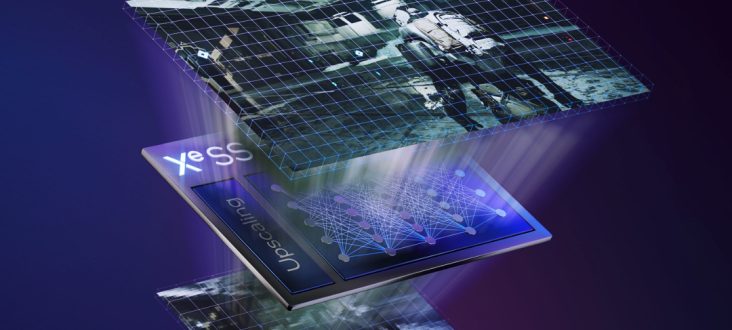Frenetic Pony
Veteran
The framerate at which interpolation is being used is rarely enough for VR without an extra frame of latency, with the extra frame it's a lost cause.
You can decouple view movement from the main framerate (with a bit of bodging for the stereo) but any interaction other than view movement will still have the latency.
A drop in TAA replacement is too brain dead, renderers have to get a lot smarter for good sample reuse for VR.
Of course sticking a 720p display right up to your eye is going to reveal some TAA artifacts. I'd love to try an Apple Vision Pro eventually, it's what, 90 degree fov over 3660 or something? 40 pixels per degree of arc is enough for TAA to start being fine.





